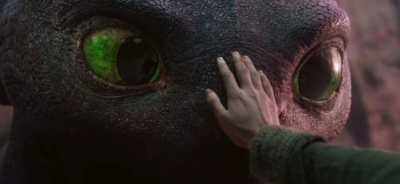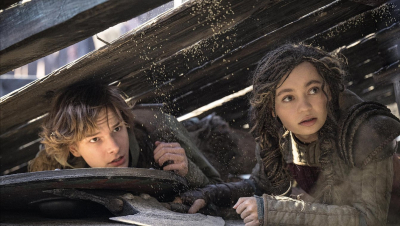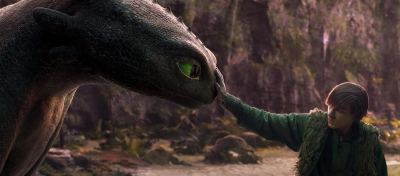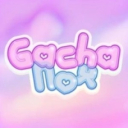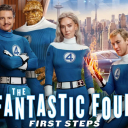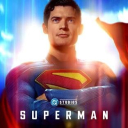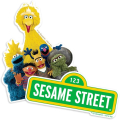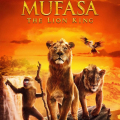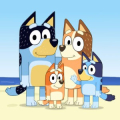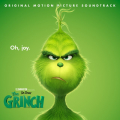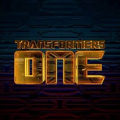How to Train Your Dragon (2025)
A Tale I Didn’t Expect to Love: Discovering the Heart Within How to Train Your Dragon (2025)
I’ll begin this review with a small confession: I have never been particularly drawn to stories about dragons. While others lost themselves in sprawling fantasy sagas and animated adventures, I gravitated toward grounded narratives — films about people, flawed and real, struggling through recognizable dilemmas. Animated stories, especially those featuring mythical creatures, occupied a space I politely acknowledged but rarely entered.
That was, until this past weekend, when curiosity — and perhaps the gentle insistence of friends — led me to a screening of How to Train Your Dragon (2025).
I went in expecting a charming, light-hearted distraction. What I found instead was a remarkably nuanced, emotionally layered story that resonated in ways I did not anticipate.
A World More Familiar Than It Seems
Though the film opens in the fantastical land of Berk, with its sky-darkening flocks of dragons and cliffside villages, the themes it explores are strikingly human. Loss, legacy, identity, and the burden of leadership are woven through every frame.
Hiccup, the once boyish protagonist, is now a man carrying the invisible weight of a legend. His world has changed, and so has he. Watching him navigate the tension between honoring the past and forging a new future was unexpectedly moving. His relationship with Toothless, a creature of pure instinct and loyalty, becomes a quiet metaphor for the bonds we form with those we cannot fully understand — whether people or beasts.
Visual Splendor with Purpose
Visually, How to Train Your Dragon (2025) is stunning, but not in the way many modern animated features overwhelm with excessive spectacle. Here, each visual choice serves the story. The colors shift subtly to reflect mood: warm and golden in moments of peace, cold and muted in times of grief or uncertainty.
The dragons themselves, particularly Toothless, are animated with astonishing attention to detail. His expressions, posture, and flight patterns communicate volumes without a single word. I was struck by how deeply I cared for these creatures, despite my initial skepticism.
A Story About Letting Go
Perhaps what surprised me most was the film’s willingness to confront the inevitability of change. This is not a simple adventure tale; it is a story about aging, about the bittersweet nature of growth, and about knowing when to release what we love most for their own good.
There are moments of levity, certainly — clever dialogue, lighthearted antics, and breathtaking aerial sequences — but beneath it all lies an undercurrent of melancholy. The film never resorts to cheap sentiment. Instead, it trusts its audience, regardless of age, to wrestle with complex emotions.
A Score That Elevates
John Powell’s musical score deserves special mention. It is, quite simply, exquisite. The orchestration swells and recedes with precision, amplifying both tension and tenderness. Certain themes recur, evolving as the characters do, and by the film’s conclusion, the music feels as integral as any character onscreen.
I went into How to Train Your Dragon (2025) expecting a pleasant diversion, perhaps even a forgettable one. What I encountered was a deeply moving meditation on love, loss, and the invisible threads that connect us — to each other, to our past, and to the natural world.
This is not merely a children’s story, nor solely a fantasy adventure. It is a story about life’s inevitable changes and the strength it takes to face them with grace.
I find myself, to my own surprise, grateful for this film. It reminded me that meaningful stories often come from the most unexpected places. And sometimes, even for those of us who claim no interest in dragons, there’s magic to be found in their flight.

